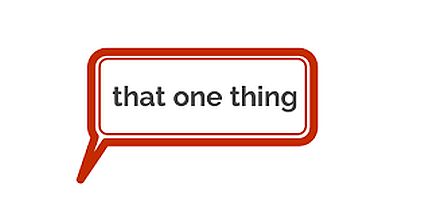To say we live in a world of overwhelm, overload, volatility, constant change is an understatement. Burnout, exhaustion impacts everyone at all levels.
There seem to be two dominant ways of handling this overwhelm. The first is hunkering down. Focusing on what has worked in the past, hoping that, “this too will pass.” In some sense, it’s true, it does pass, something else comes up, and the confusion continues.
The other way of handling this is a series of knee jerk reactions. We respond to each crisis with a shift in strategy and focus. We initiate new programs, processes, new initiatives and methods to respond to the latest disruption. Just as those start working, something else arises. In the end, just as we start feeling comfortable, things change……
As leaders, we begin to feel that we are driving bumper cars, trying to get around the track, continually being pushed off course as others bump into us or we bump into others. And the people on our teams are constantly whipsawed, and exhausted–often, just hunkering down to try to survive.
Both methods are understandable, we are just trying to cope. But both methods, ultimately, fail.
Our businesses are constantly changing, our customers, markets, competitors constantly change. We can’t hunker down and do nothing–thinking things will pass and return to normal. We will be passed by.
We can’t do knee jerk reactions to everything, we can’t do everything. There are too many moving parts, it is impossible to manage all of these–whether we try to do this as an individual or we are trying to orchestrate this within the organization.
So what do we do? How do we respond to these changes, how do we move forward in a way that makes sense, enabling us to adapt to the challenges that face us.
It comes down to “Just one thing…..”
We have to identify one thing–one shift in our strategy, one change in how we work, or what we do, or how we engage our customers.
Just one thing…..
There is so much research, both individually and organizationally, about our inability to successfully manage multiple priorities. We know the research on distraction and multitasking. If you train in sports, you know you improve by focusing on one thing–for example, I’m training for my first sprint tri in about 5 years, all I’m focusing on is my breathing. As I train, I’ll move to other things, but managing my breathing has the highest impact on my performance.
We know how confused we and our people get when we introduce too many initiatives and changes too quickly. Inevitably, the majority of them fail, simply because of overwhelm and confusion.
Inevitably, we have laundry lists of things we must change. Each is a top priority, each is necessary, but we will fail if we try to implement all of them and execute them simultaneously. We actually make more progress, faster, by focusing on just one thing. Which change initiative will have the highest impact and leverage. Focus on that, once it has become ingrained as habit, what’s the next priority, and the next, and the next.
When we focus on one thing at a time, we actually get more things done in a period of time, then if we had no focus and tried all of them at once.
Action Item: If you are leading an organization, look at all your change initiatives. Assess which one has the highest impact and leverage. Focus on that one only, put the others to the side. When that’s done and you are producing results, then look at the next.
If you are an individual contributor, look at the one thing you might do to improve your performance. Master that, then look at others.

Leave a Reply